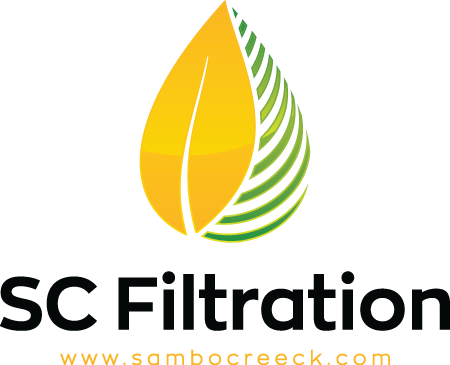The Science Behind Modern Freeze-Dry Tray Loading Techniques
In this blog, we are talking about Lyophilization, more explicitly discussing reducing drying times.
Let’s agree that the purpose of freeze-drying hash is to remove moisture from hash to prevent mold from ruining our hash.
Let’s also agree that trichome heads are, for the most part, impermeable. We are not removing water from inside the trichome itself.
Standard freeze-dry tray loading procedures call pouring the hash on the tray as a very wet slurry. The argument is that a fluid slurry of pancake batter-like consistency is preferred, as the goal is to create a uniform flat surface so the hash dries uniformly. The excess water allows large ice crystals to form channels deep inside the patty so the bottom of the layer can sublimate. This is also why there are limits to patty thickness. If the goal is to remove water from our hash, isn’t adding a wet slurry to a freeze-dry tray counterintuitive?
This reasoning is valid as ice creates interstitial space between hash particles. However, how much water is required? Since water becomes a gas as it evaporates, how much interstitial space is required for ice to sublimate?
Freeze dryers are typically sized based on their drying area because of a relationship between surface area and drying time. Sublimation only happens on the Sublimation front, in this case, the top surface of the patty. This is why we are forced to keep the patty thin; otherwise, dry times would increase. Sublimation happens from the outside in and occurs gradually as the sublimation front moves further inside the hash patty. This is crucial for the scaffolding we made using ice channels to remain intact so inner layers can sublimate. If our scaffolding collapses, sublimation is affected. When freeze-drying food, the typical process is to slice fruit and evenly layer it on a tray. Intuitively this makes sense, and the reasoning is the same as the flat patty debate; drying is a function of surface area.
What if we double the sublimation front? More importantly, what if we reduce the water in the slurry? What if we did both?
Our “Hash Tray Preparation” video showed a popular method to remove excess water from the hash without the risk of structural collapse, effectively reducing drying times. We create a very wet slurry and pour a flat cake. Using a nylon sieve, he removes the excess water while maintaining the structural integrity required to promote efficient sublimation. The water’s surface tension is strong enough to keep hash particles just the proper distance apart. This doesn’t seem to happen when pouring a dry patty. The drawback to this method is the next step, where the patty is transferred to a standard aluminum tray. The method is effective as we removed a significant portion of water and thus the work required. However, the method doesn’t address the sublimation front issue.
In a standard freeze-dry tray, the bottom is impermeable and, thus, not much of a sublimation front. Agreed? What if we used a tray that has two sublimation fronts?
We developed a stainless-steel tray with a sintered mesh bottom. Many mesh layers are sandwiched to create a 3-dimensional surface with different porosities. The inside of the tray is 25 microns and very smooth, almost like a flat sheet of steel. The bottom is coarse mesh, adding rigidity and allowing gaps between the tray and the freeze dryer. Like the nylon mesh, this tray allows you to drain excess water while still maintaining patty integrity. More importantly, since the bottom is porous, we now have two sublimation fronts. With less water to remove and double the surface area to achieve sublimation, lyophilization times are reduced.
Since freeze drier space is typically at a premium, this product may help alleviate bottlenecks by reducing drying times. Hash is peculiar in that it is purposefully wet; this method maintains the spirit and science of the original method while exploiting clever ways of reducing drying times.

